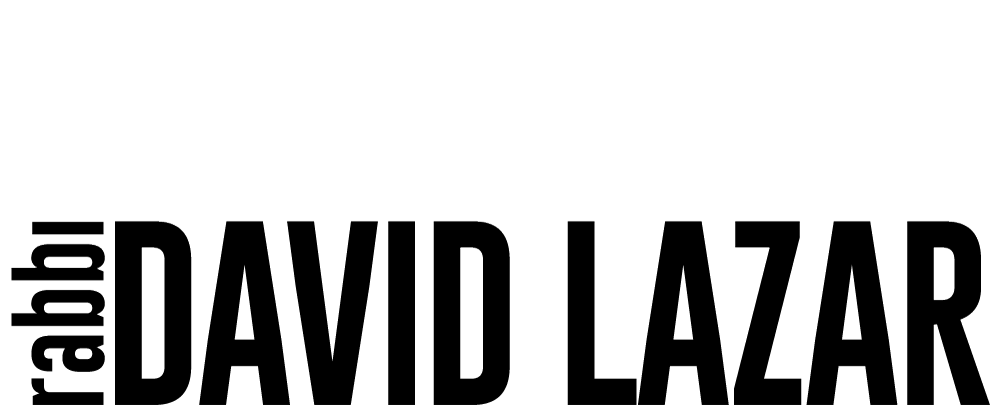
27 Jun Parshat Hukat: Part 1 – Setting Boundaries Between Death and Life
Of all the impurities discussed in the Torah, tuma’at hamet – impurity due to death – was considered the most contaminating of all. So much so that the Torah prescribes a unique ritual that is the only way a person could reenter the community and return to normal life after being in contact with the dead. This rite, as is described in great detail in this week’s Torah portion, is that of the Parah Adumah, the Red Cow.
Order the Israelite people to provide to you a red cow, physically perfect and without blemish, one that has never borne a yoke. Deliver it to Elazar, the priest and let it be taken outside the encampment and slaughtered in his presence. Elazar, the priest, shall take some of its blood on his finger and sprinkle it seven times in the direction of the Tent of Meeting. (Num. 19:3-4)
What is particularly interesting with this practice is that it must be performed completely outside of the entire camp, far from the Mishkan, the Tabernacle. True, there is a connection, albeit from afar, with the center of spiritual practice, as we see from the fact that the blood was to be sprinkled “in the direction of the Tent of Meeting”.
But this kind of impurity – and even its remedy – is kept as far away as possible from the usual form of worship. Every other kind of impurity is likewise dealt with outside of the camp. But in all the others, a part of the process is at some stage implemented in the holy space. It seems strange that every aspect of life, both that of the community and that of the individual, is somehow celebrated within the framework of the priestly order of worship, except for that of death!
Prof. Baruch Levine (Anchor Bible, Numbers, vol. 1, pp. 468ff.) explains this as the Torah’s reaction and polemic against the Cult of the Dead, which was so prevalent among the Canaanites and just about every other culture in the Ancient Near East. According to common practice (as documented by many sources going back to the second millennium BCE) at the time when this law was documented, various rites assured that those who had died (all of the sources speak about heroes or royalty) would proceed to the ideal afterlife as held by that particular culture. More importantly, these rites would also guarantee that the dead would intercede on behalf of the living. Crucial to this belief system is the idea that the dead still have power, in fact, more power than the living! Refuting this, according to Levine, is the Torah’s hidden agenda. Not only here, in the Parah Adumah, but also in the laws concerning the priests and the nazir (one who has taken a vow to live in a special state of purity for a set period of time), the Torah commands us to distance ourselves from the other’s common practice and belief, or as Levine puts it:
The dead have no power and they are no longer members of the ongoing community. Their exploits during their lifetimes are a source of inspiration and guidance to their descendants, but the community itself looks forward to the future and consigns ancestors to the realm of memory (pp. 472-3).
This message is important. If we adopt Levin’s approach to the biblical text, we are to live in the present, looking forward to the future. We shall fully recognize that the relationships we cultivate with others, with God and with ourselves will determine the outcome of things to be, not the intercession by those no longer walking among us. Yes, Judaism has an ancient tradition that sees our departed, especially the righteous, as melitzei yosher, heavenly advocates for us down here on Earth, aiding us in our daily life, with its challenges and problems. But as so often is the case, biblical and rabbinic literature support both views.
Post-Temple Judaism retains very little practice regarding tuma’at hamet, impurity of death. Some kohanim, or those born into the priestly caste, are careful not to enter a cemetery, or at least the area close to the graves, or to approach the casket, except in the case of close family members (based on Lev. 21:1-15). And many of us will wash our hands in a ritual fashion after leaving a cemetery (based upon our reading today). But by and large, we no longer treat biblical impurity, and in particular, this kind of impurity, with the seriousness of ancient Israel.
Rabbinic literature often reminds us that since the Temple was destroyed (in 70CE) and we no longer offer sacrifices or keep most of the laws of purity and impurity, we still show respect to those laws and benefit through studying and pondering their intrinsic meaning. I’ll have more to say about our ever-changing relationship with death in the days to come.
Shavua Tov, may it be a good week!



2101berne
Posted at 22:26h, 27 JuneRabbi David, thanks for producing this for us. I’m worshipping at a Reform synagogue, which doesn’t give us very much access to Talmudic opinions and arguments. I like the synagogue a lot, though I can’t go very often due to health reasons. When you write THIS way, I feel a lot more included. Hope you are well. Philip Culbertson